7 Tips to Know Before Buying a Garden Gate: Ensuring a Perfect Fit and Functional Design
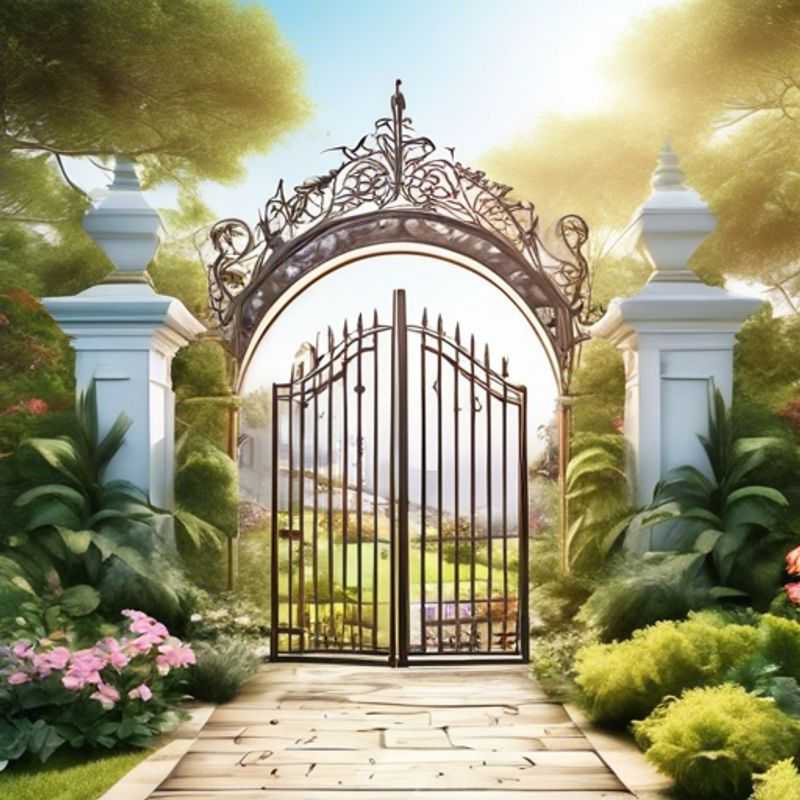
7 Essential Tips for Choosing the Perfect Garden Gate
A garden gate is more than just an entrance; it's a defining element of your outdoor space. Choosing the right gate involves careful consideration to ensure both functionality and aesthetic appeal. Here are seven key factors to consider before making your purchase:
1. Measure the Space Carefully:
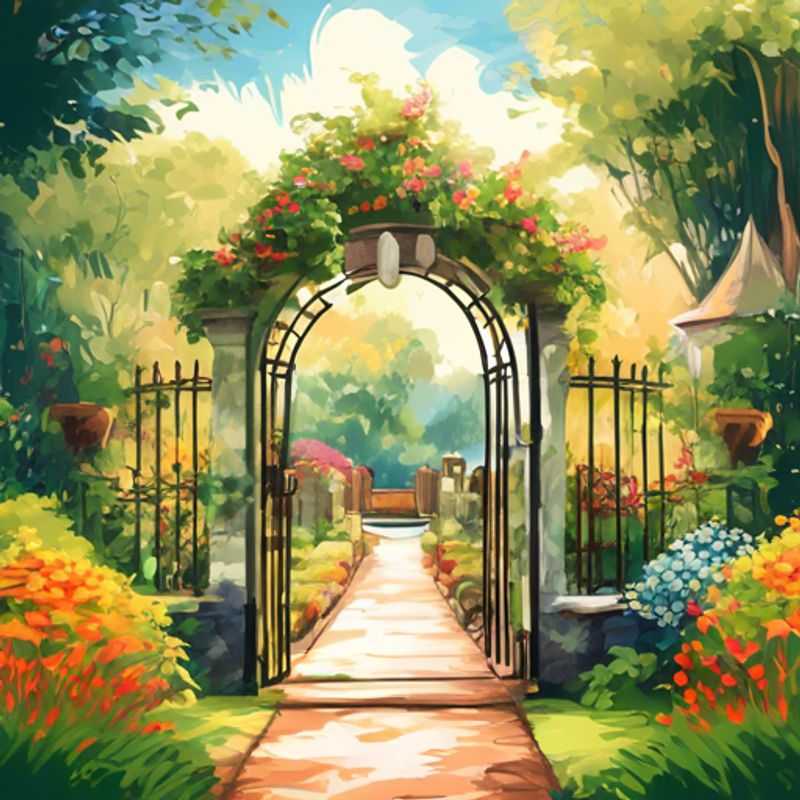
Measure Twice, Cut Once: Ensuring Your Gate Fits Perfectly
When installing a gate, accurate measurements are crucial. A gate that's too small will leave gaps, and a gate that's too big will be difficult to operate and may not even close properly. Here's a quick guide to help you get the measurements right:
First, determine the opening width. This is the distance between the gate posts. Measure at the top, middle, and bottom of the opening, as the width can vary slightly. Use the smallest measurement as your guide.
Next, measure the height. This is the distance from the ground to the top of the gate opening. Again, measure at several points to account for any slight variations. Use the largest measurement for this calculation.
Finally, consider the gate swing. You'll need enough clearance for the gate to swing fully open and closed without hitting anything. Factor this into your measurements and adjust accordingly.
For any specific gates you're considering, always consult the manufacturer's instructions for recommended installation clearances and specifics.
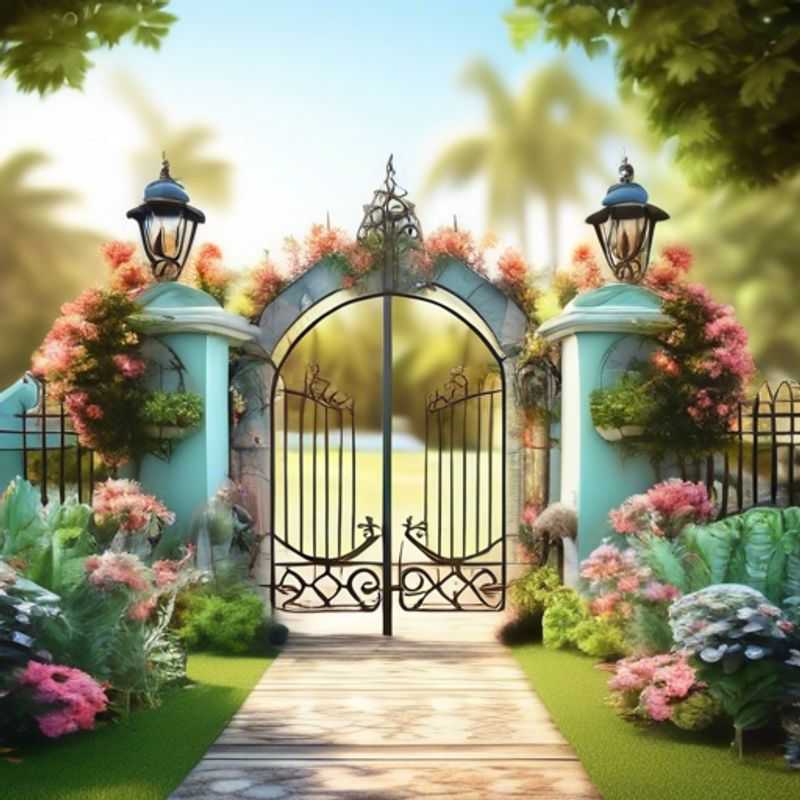
Choosing the Right Material: Metal, Wood, or Wrought Iron?
Choosing the right material for your project is crucial for both aesthetics and functionality. Metal, wood, and wrought iron each possess unique strengths and weaknesses, making them suitable for different applications.
Metal is known for its durability, strength, and longevity. It's often chosen for structural components, outdoor furniture, and tools due to its ability to withstand harsh weather conditions. However, metal can be susceptible to corrosion, especially in humid environments. Metal fabrication and installation often involve skilled labor, potentially increasing costs.
Wood, a natural and renewable resource, offers warmth, versatility, and a timeless appeal. It's commonly used for flooring, furniture, and interior design elements. Wood is relatively easy to work with and can be shaped into intricate designs. However, it's prone to scratches, dents, and moisture damage. Wood requires regular maintenance, including sanding, staining, and sealing to preserve its beauty.
Wrought iron, a type of iron that is heated and shaped, is renowned for its strength, durability, and elegant appearance. It's often used for decorative gates, fences, and furniture. Wrought iron is resistant to corrosion and adds a unique charm to any space. However, its production requires specialized craftsmanship and can be expensive.
Consider the specific needs of your project, including functionality, aesthetic preferences, and budget constraints. Research each material's properties and maintenance requirements to make an informed decision. Always consult with a qualified professional for expert advice on material selection and installation.
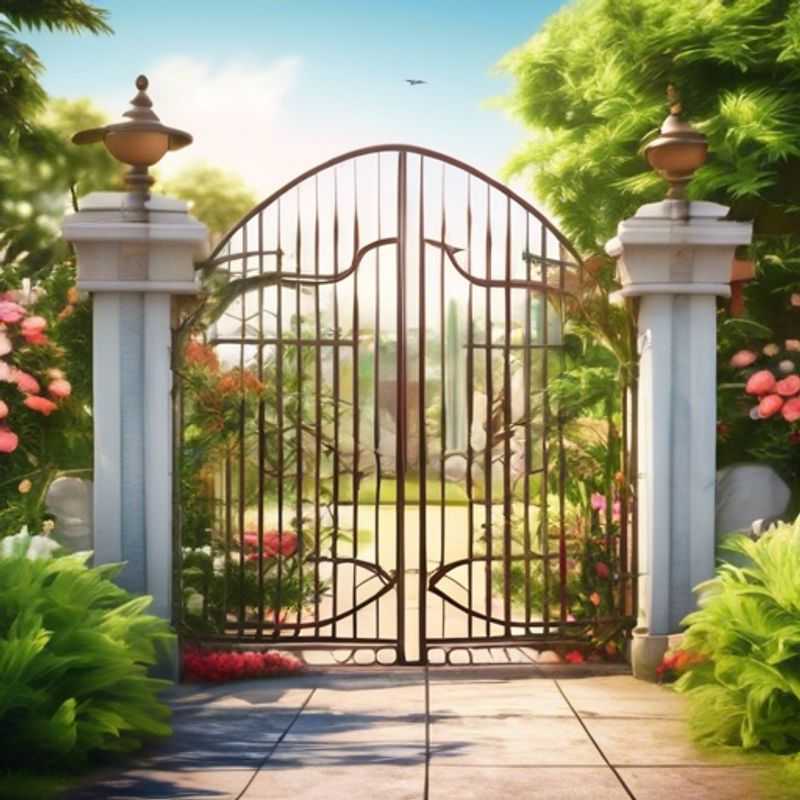
Choosing the Right Gate: Classic, Modern, or Rustic?
Choosing the right gate design for your home is crucial for both aesthetics and security. The three main styles - classic, modern, and rustic - each offer unique benefits that complement different architectural styles.
Classic gates, often adorned with ornate details and traditional materials like wrought iron, lend an air of sophistication and timeless elegance. They pair well with colonial, Victorian, and traditional homes.
Modern gates, on the other hand, prioritize clean lines, minimalist designs, and contemporary materials such as aluminum or steel. They blend seamlessly with modern and minimalist home designs.
Rustic gates embrace natural elements and rough textures, often incorporating wood, stone, or weathered metal. They complement rustic, farmhouse, and country-style homes.
When choosing a gate design, consider the style of your home, the overall landscape, and the desired level of security. Factor in the cost of materials, labor, and any necessary permits or inspections.
For instance, classic gates may require more intricate craftsmanship, leading to higher costs. Modern gates, while often more affordable, may require specific hardware and installation expertise. Rustic gates can vary significantly in price depending on the chosen materials and construction.
Remember that choosing the right gate design is an investment in your home's security, aesthetics, and curb appeal. Invest time in research and consultation with experienced professionals to ensure a long-lasting, functional, and beautiful gate that complements your home's style.
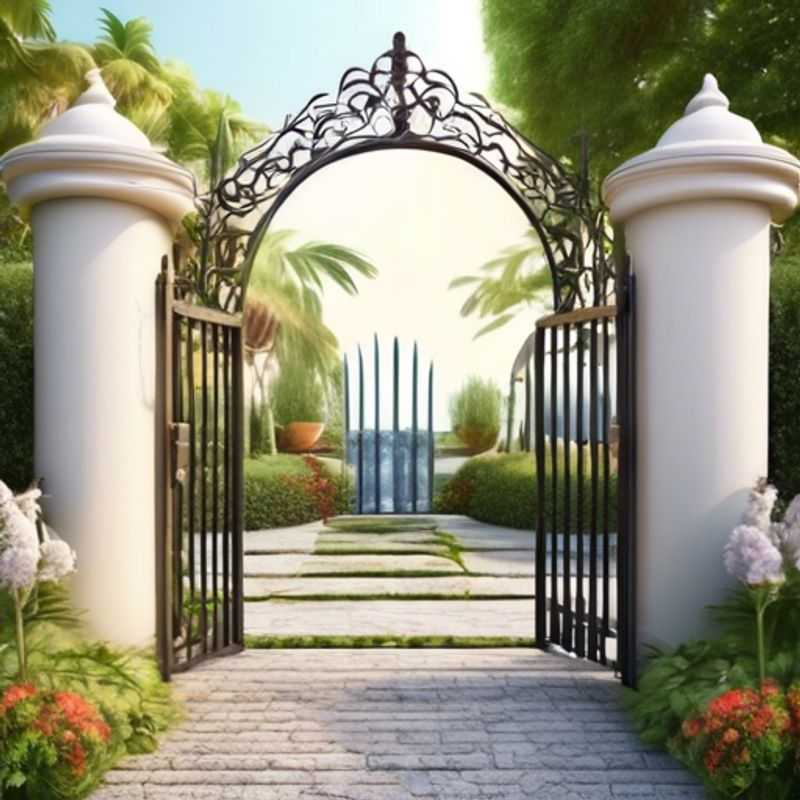
Choosing the Right Gate: Decorative, Security, or Both?
Choosing the right gate function depends on your needs. Do you want security, aesthetics, or both?
Security gates prioritize safety and protection, often featuring sturdy materials like steel and robust locking mechanisms. These gates are typically used for high-security applications such as commercial premises, industrial areas, and residential areas with high crime rates.
Decorative gates, on the other hand, focus on enhancing the visual appeal of your property. They often incorporate ornate designs, unique materials, and decorative elements.
Combined security and decorative gates offer the best of both worlds. They prioritize security while also adding a touch of elegance and style to your property. These gates often feature decorative accents on top of their robust security features.
Consider your budget when choosing your gate function. Security gates tend to be more expensive due to the materials and technology required. Decorative gates can vary in price depending on the materials and complexity of the design. Combined security and decorative gates often fall somewhere in between.
When budgeting, it's crucial to factor in potential installation costs, which can add up. These may include labor, permits, and any necessary landscaping adjustments.
Before making a decision, research local regulations and building codes that may influence your gate design and function. Ensure your chosen gate adheres to all necessary requirements.
Ultimately, the choice of gate function is a personal one. Analyze your needs and budget to find the perfect solution for your property.
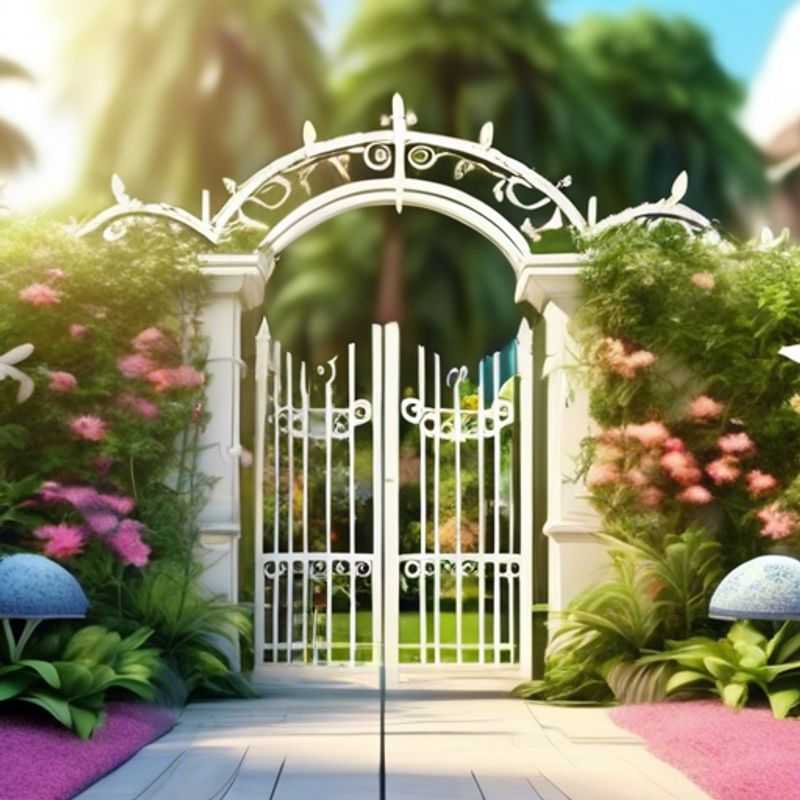
Beyond the Looks: Inspecting Hardware Quality for Lasting Durability
When evaluating hardware quality, focus on the hinges, latches, and handles. These components are critical for the product's longevity and safety. Durable hinges allow for smooth and reliable opening and closing, while strong latches ensure secure closure. Robust handles provide a comfortable grip and prevent breakage under stress.
Here are some key factors to consider when inspecting these hardware elements:
Material: Opt for hinges, latches, and handles made of high-quality materials like stainless steel, brass, or heavy-duty plastic. These materials offer excellent resistance to corrosion, wear, and tear.
Construction: Look for solid construction with minimal gaps or weak points. Hinges should be securely mounted to the product's frame and have smooth bearing surfaces. Latches should have reliable locking mechanisms and secure closure. Handles should be securely attached and have a comfortable ergonomic design.
Testing: If possible, physically test the hinges, latches, and handles to assess their smoothness, strength, and overall quality.
Remember, investing in high-quality hardware can significantly increase a product's longevity and safety.
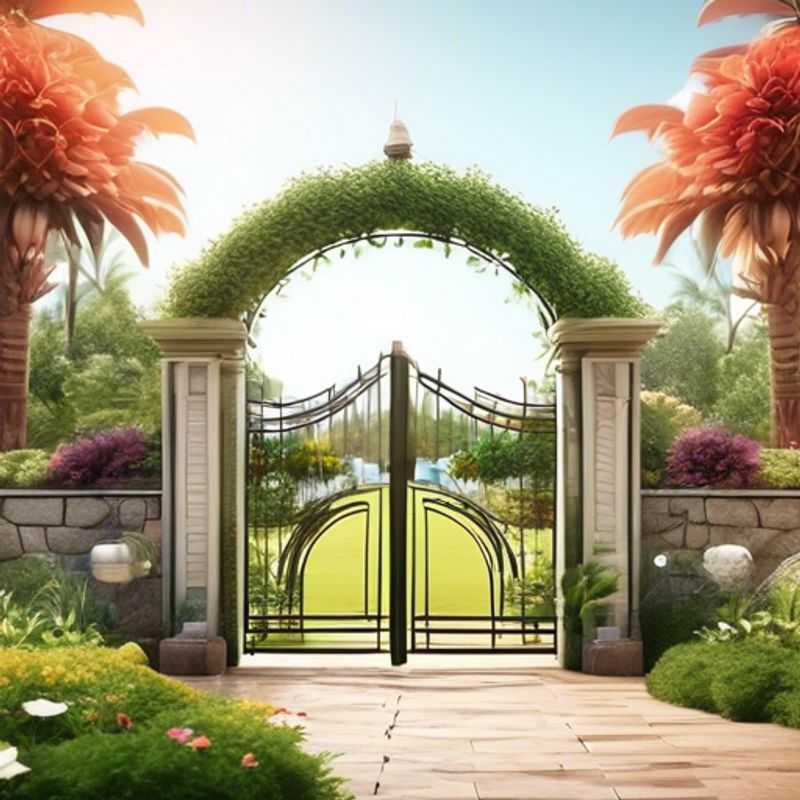
Gate Weight Matters: Choosing the Right Installation Method for Your Fence
Gate weight is a crucial factor in determining the appropriate installation method. Heavier gates require sturdier support and stronger hardware. Consider these points:
Manual gates: Lighter gates can be manually operated using hinges and latches. For heavier gates, consider using a self-closing mechanism or a spring-assisted system.
Automated gates: Electric gate operators are ideal for heavy gates, providing ease of use and security. Ensure the operator's torque rating matches the gate's weight. Higher torque operators are needed for heavier gates.
Post installation: Concrete footings are recommended for heavier gates to provide stable support. Consider using deeper footings or reinforced concrete for added strength.
Hardware: Select hinges, latches, and other hardware rated for the gate's weight. Sturdy, heavy-duty hardware is crucial for longevity and safety.
Professional installation: For heavier gates, professional installation is highly recommended. Qualified technicians ensure proper installation, minimizing risks and maximizing longevity. Consider the cost of professional installation as part of your budget.
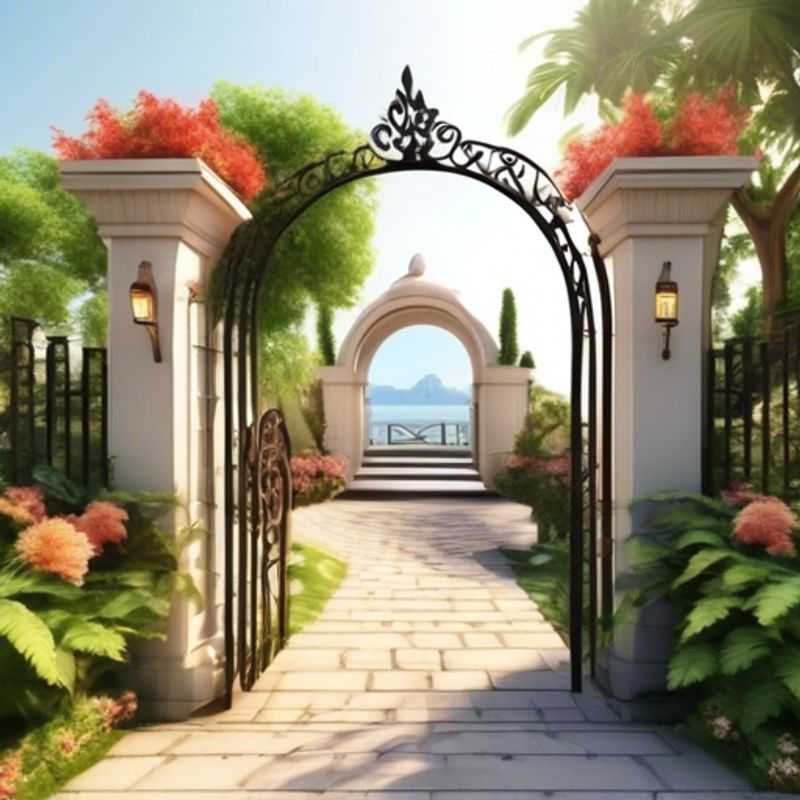
Gate Customization: Tailor Your Entryway to Your Style
Customizing your gate is an excellent way to personalize your home and enhance its security. Here's a guide to understanding the customization options available and making informed decisions.
Gate Types: Gates come in various materials like wood, metal, or composite, each with its pros and cons. Consider your needs and budget when choosing.
Gate Styles: Explore different styles, such as single or double gates, sliding or swinging, and consider how they will fit your property and usage.
Hardware: The type of hardware you choose – hinges, latches, locks – can impact security, durability, and aesthetics. Invest in quality components for long-term performance.
Finishes: Personalize with paint colors, stains, or decorative accents to complement your home's exterior. Consider weather resistance and maintenance requirements for the finish you choose.
Automation: Automate your gate for added convenience with electric openers and remote controls. These features may increase costs but offer significant benefits.
Safety Considerations: Consult local building codes and safety regulations to ensure your gate meets all requirements, particularly for automated gates.
Budget: Custom gate projects can vary in price. Research different options, get quotes from multiple contractors, and factor in materials, labor, and any necessary permits.
Maintenance: Choose durable materials and finishes that require minimal upkeep to ensure long-term enjoyment of your custom gate.
Expert Assistance: If you're unsure about certain aspects, consult with a professional gate installer or contractor for guidance. They can help you select the best options for your needs and budget.
